Arduino CNC Shield
Overview
The Arduino CNC Shield is an expansion board designed specifically for the Arduino microcontroller platform, enabling users to control and operate CNC (Computer Numerical Control) machines, such as milling machines, laser cutters, and 3D printers. This shield provides a convenient and compact solution for connecting and managing various CNC components, making it an ideal choice for DIY enthusiasts, hobbyists, and professionals alike.
Functionality
| The Arduino CNC Shield serves as an interface between the Arduino microcontroller and the CNC machine, allowing users to control and monitor the machine's movements, spindle speed, and other functions. The shield provides a range of features that enable users to |
Control up to 4 stepper motors (X, Y, Z, and A axes) with adjustable speed and acceleration
Manage spindle speed and direction
Monitor and control limit switches and emergency stops
Interface with various CNC software and protocols (e.g., GRBL, Marlin, and Mach3)
Key Features
- Stepper Motor Control: The shield features four dedicated motor control channels, each capable of driving a stepper motor with up to 2A current. The motor control signals are optically isolated for safety and noise reduction.
- Spindle Control: The shield provides a separate spindle control channel, allowing for precise speed and direction control of the CNC machine's spindle motor.
- Limit Switches and Emergency Stop: The shield includes inputs for connecting limit switches and an emergency stop button, ensuring safe operation and preventing damage to the CNC machine or workpiece.
- GRBL and Marlin Compatibility: The shield is designed to work seamlessly with popular CNC software such as GRBL and Marlin, making it easy to integrate with existing CNC systems.
- Connectivity: The shield features a range of connectors and interfaces, including:
4 x stepper motor connectors
1 x spindle control connector
1 x emergency stop button connector
1 x limit switch connector
1 x USB connector for programming and communication
- Power Supply: The shield can be powered from an external power source (7-24V) or from the Arduino board's 5V supply.
- Compact Design: The shield is designed to fit snugly on top of the Arduino board, minimizing space requirements and making it ideal for compact CNC systems.
Technical Specifications
